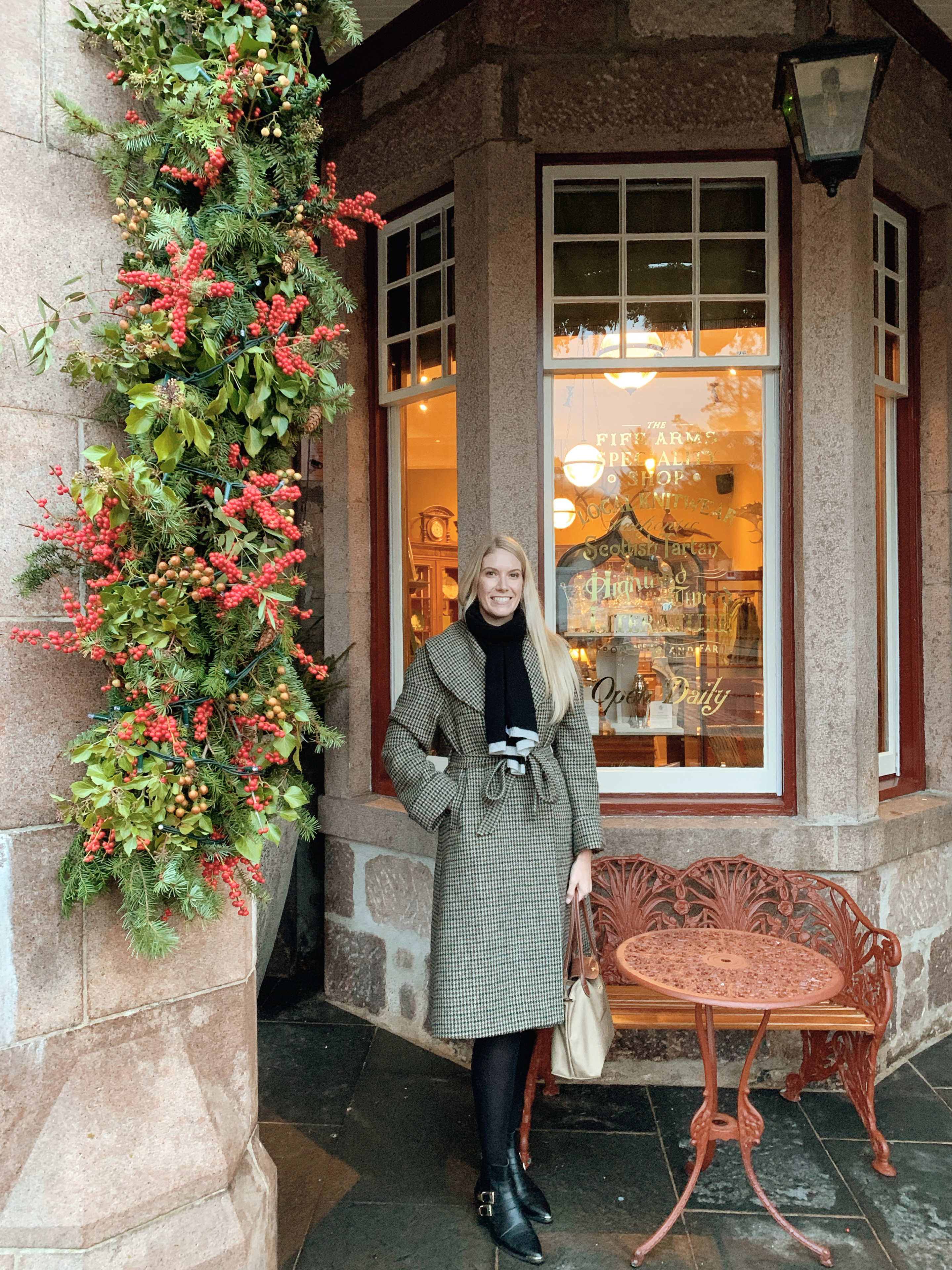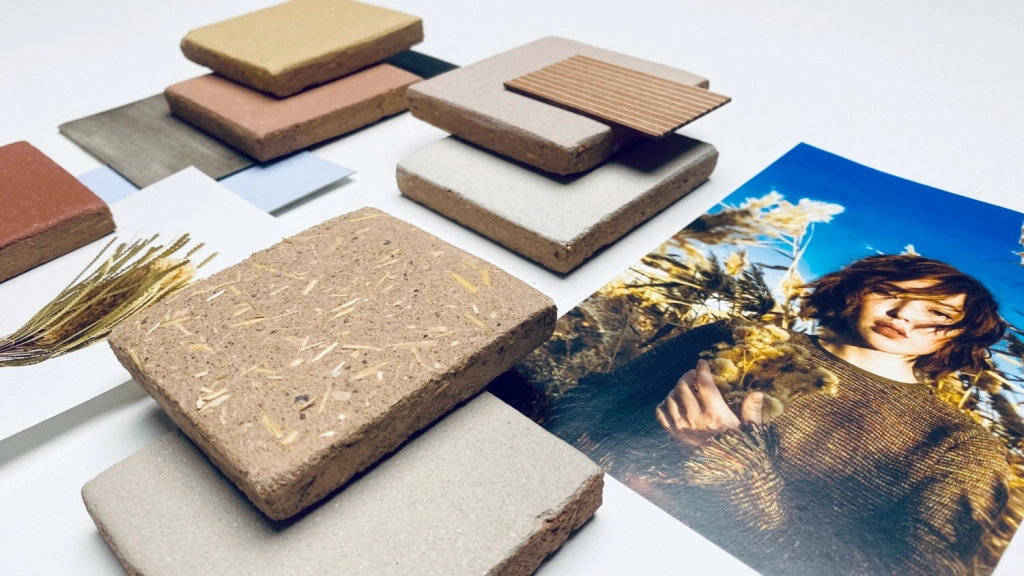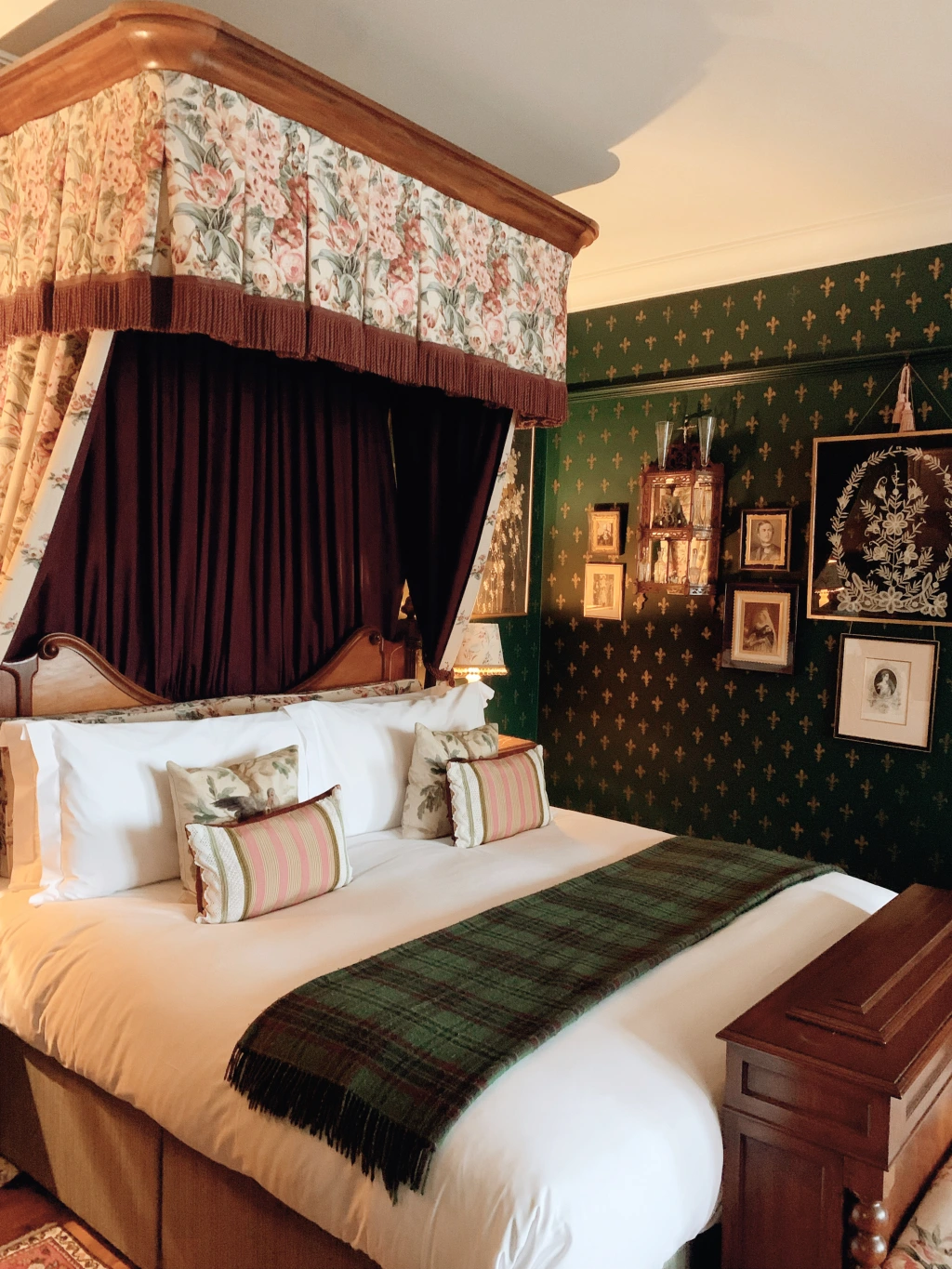As the consumption of natural resources and energy has dramatically increased over the last few decades, so has our awareness of the damage caused to the earth’s eco systems. Design can have a vast impact on the environment, and it is imperative that we incorporate sustainable materials and products going forward in order to contribute responsibly to our surroundings and the planet.
SUSTAINABLE DESIGN
The concept of sustainability has become ever more popular in recent years with regards to not just interiors but also fashion, the way we travel, the food we eat and so on. Sustainable design implicates we leave no negative bearing on our environment and the earth’s resources.

There are various ways interior designers can produce eco-friendly projects:
- Embrace Eco Design – including products within your décor that have been exclusively made with sustainability in mind.
- Know how your decor selections have been manufactured – interior designers need an in-depth understanding of how materials and products have been made, sold and disposed of.
- Where have your design choices been manufactured – here in the UK sourcing British made items is becoming a more desirable option within interior design. The less your items have had to travel around the world, the less impact they have had on the environment in a negative manner!
- Simplify the design – using raw materials is a great approach to encompass simplicity and sustainability at the same time.
- Say no to chemicals – as well as recognizing how and where your pieces have been made it is also fundamental to have familiarity of exactly what they consist of. For example, many brands are turning to eco-friendly paints without the unnecessary toxic chemicals.
- Multifunctional design – floor plans and furniture that can function in more than one way accepts the notion of eco-friendly design. Less items means less materials used.

Whether or not a client specifies eco-friendly design it is vital to comprehend the consequences of our project proposals on the planet, and whenever possible make our preferences environmentally focused. Thoughtful design and a keen understanding of resources as well as obtaining contractors that will carry out the work in a timely, efficient but also environmentally conscientious manner. Recycled objects and locally sourced materials are a central component of eco-friendly design, as long they fit within the needs and criteria set out by your client you should be able to successfully implement them within your décor.

ENERGY USE
A common way of minimising our impact on the environment has been to concentrate our attention on energies. Lighting is a huge supply of energy use in the home and as designers we need to make sure we are selecting brands and bulbs that reduce energy consumption. LED (light emitting diode) fittings are becoming more and more common place within interiors, these low energy lights have been welcomed by modern designers and brands alike.
Another way that home energy use is being sustainably explored is through power generation. The long-established method of power stations generating electricity in our homes is continually evolving and in recent years there has been a greater use of renewable energy sources such as solar panels and wind turbines.

As design has evolved over the last century so has our consumptions of the earth’s reserves. Comfortable homes with decadent interiors using the finest materials have converted into the norm – however eco-friendly design is increasingly everyday practise and the need for interior designers to use sustainable materials is now not just expected but also a necessity. It is essential not to underestimate the influence interiors can have on the environment and the more we absorb eco-friendly design the more we can encourage and educate our clients to support sustainability in their homes, workplace and so on.












Leave a comment